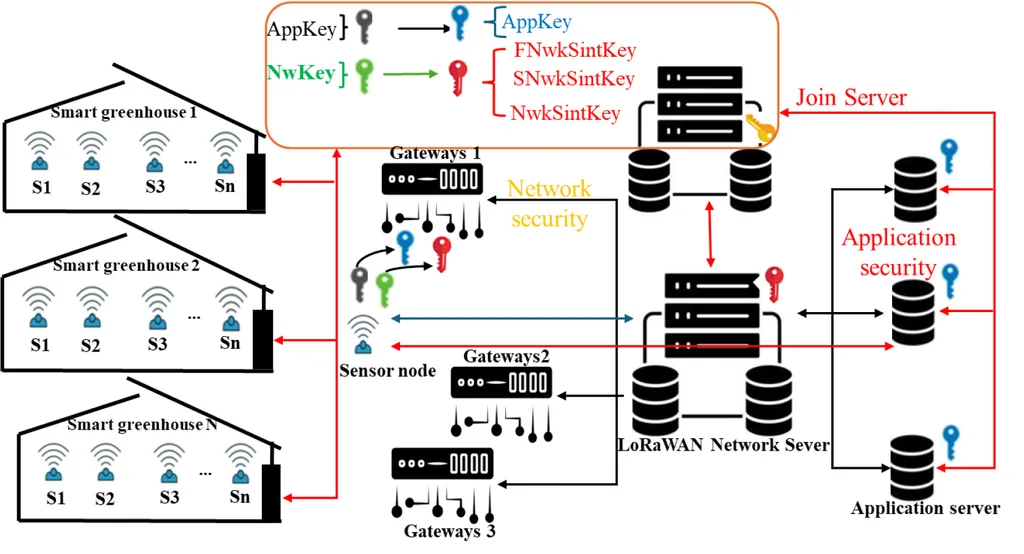In the rapidly evolving landscape of the Internet of Things (IoT), the marriage of 5G and LoRaWAN technologies is emerging as a game-changer, particularly for sectors like agriculture that demand both high-performance connectivity and wide-area coverage. A recent study published in *IEEE Access* delves into the synergy between these two technologies, highlighting novel architectures and use cases that could redefine how we approach IoT deployments.
The research, led by Omar-Dario Delgado Brito from the Department of Computer Engineering, Modeling, Electronics and Systems at the University of Calabria (UNICAL), explores how the integration of 5G’s high-speed, low-latency capabilities with LoRaWAN’s energy-efficient, long-range connectivity can address a broader spectrum of IoT applications. This fusion is particularly promising for precision agriculture, where the need for real-time data and long-range monitoring is critical.
“By combining 5G and LoRaWAN, we can achieve simpler deployments, lower expenses, and significantly improved network functionalities,” Delgado Brito explains. This integration not only extends coverage and increases backhaul capacity but also enhances security, enabling robust end-to-end communication for diverse use cases.
For the agriculture sector, the implications are substantial. Precision farming relies heavily on IoT devices to monitor soil conditions, crop health, and environmental factors. The integration of 5G and LoRaWAN can provide farmers with real-time data, allowing for more informed decision-making and improved resource management. For instance, sensors equipped with LoRaWAN can monitor soil moisture and nutrient levels over vast fields, while 5G can ensure that this data is transmitted instantly to a central system for analysis.
The study also highlights novel architectures that span from RAN modules interoperating with unified core components to implementations that embed eNodeB services directly within LoRaWAN gateways. These advancements could lead to more efficient and cost-effective IoT deployments, benefiting not just agriculture but also smart cities, industrial IoT, and healthcare.
As the IoT ecosystem continues to grow, the integration of 5G and LoRaWAN could pave the way for more innovative and efficient solutions. The research published in *IEEE Access* by Delgado Brito and his team offers a glimpse into the future of IoT, where the confluence of different technologies can address the diverse connectivity requirements of various industries. This study not only sheds light on the current state of the art but also opens up new avenues for research and development, shaping the future of IoT deployments.

